The best phone we've tested this year –Motorola Edge 30 Ultra review Shows the iPhone 14 and Samsung Galaxy S22 how it's done – Motorola Edge 30 Ultra review [pick one]
Two-minute review
If, at the beginning of 2022, we’d told you that the best premium phone of the year was to be made by Motorola of all brands, you probably wouldn’t have believed us – after all, the mobile stalwart is best known for making reliable cheap phones and the odd mid-ranger now and then.
But the Samsung Galaxy S22, iPhone 14 and Xiaomi 12 have all been put in their place in spectacular fashion, because the Motorola Edge 30 Ultra beats out all those popular flagship phones in almost every department, despite costing the same or less.
It’s hard to truly emphasize just how much of a surprise this phone is. Sure, Motorola’s low-end phones are good, but the brand’s line of higher-end phones, the Edge line, hasn’t impressed us in a good few years.
Yet, the Motorola Edge 30 Ultra is such a good phone, with a fantastic value-for-money proposition and collection of specs, that it’ll make your Samsung Galaxy S22 Ultra green with envy.
The feature that Motorola is shouting about most is the 200MP cameras – this is the first globally launched smartphone to boast a sensor with this many pixels, and it rounds out an already-pixel-packed array with three other snappers.
The phone is good for photography, especially thanks to its inclusion of a telephoto lens (something we don’t always see, even at this price point), but the super-high-res camera isn’t even in the top three features of the phone.
Perhaps our favorite aspect of the phone is its design. The ‘waterfall’ curved-edge display makes it feel fantastic to hold, although the textured glass rear and perfectly proportioned width help too.
The display is top-notch, with a 144Hz refresh rate giving it an edge over the competition, and combined with a top-end Snapdragon 8 Plus Gen 1 processor the phone is fantastic for gaming or other power-hungry processes.
Talking of power, the phone charges incredibly quickly at 125W and, unlike most other fast-charging phones, actually has a good battery life, easily lasting for a day of use between charges.
Every aspect of the Motorola Edge 30 Ultra is utterly premium, making for a fantastic user experience, and unlike most other amazing phones like this, you’re not paying an arm and a leg to get it.
If we had to point to a weak area of the phone, it’d probably be the camera. It’s not bad, but 200MP is just unnecessary and we’d have loved to see a zoom lens with a longer zoom than just 2x. But this is just a wish list for an even more impressive phone, and they’re not even that important, given that the phone is already so impressive.
It’s going to be hard for other phones to seem impressive, or even interesting, in the wake of the Motorola Edge 30 Ultra and all the ways it wows us. One thing’s for sure, Apple and Samsung both need to take note because Motorola has proven that it knows how to make an amazing smartphone.
Motorola Edge 30 Ultra price and availability

The Motorola Edge 30 Ultra will cost £749 – that converts to roughly $850 / AU$1,275, but we don’t expect to see the phone outside Europe, because Moto launches separate Edge handsets elsewhere.
A good way to contextualize the price is to compare it to other top-end flagships. At that price, this handset undercuts the iPhone 14 by a large margin (it costs $799 / £849 / AU$1,339) and beats out the Samsung Galaxy S22 too (that starts at $799 / £769 / AU$1,249) – in fact, of all the top-end phones on the market right now, only the $749 / £749 (roughly AU$1,320) Xiaomi 12 matches it.
However, it’s worth highlighting that the Motorola Edge 30 Ultra out-specs all of those phones. It actually has more in common with a Pro version of those devices, each of which costs a fair amount more.
The phone went on sale in September 2022, alongside a mid-range Fusion and low-end Neo member of the family, and many months after the standard and Pro models. As the name suggests, this is the highest-end device in the line.
- Price score: 5/5
Motorola Edge 30 Ultra design
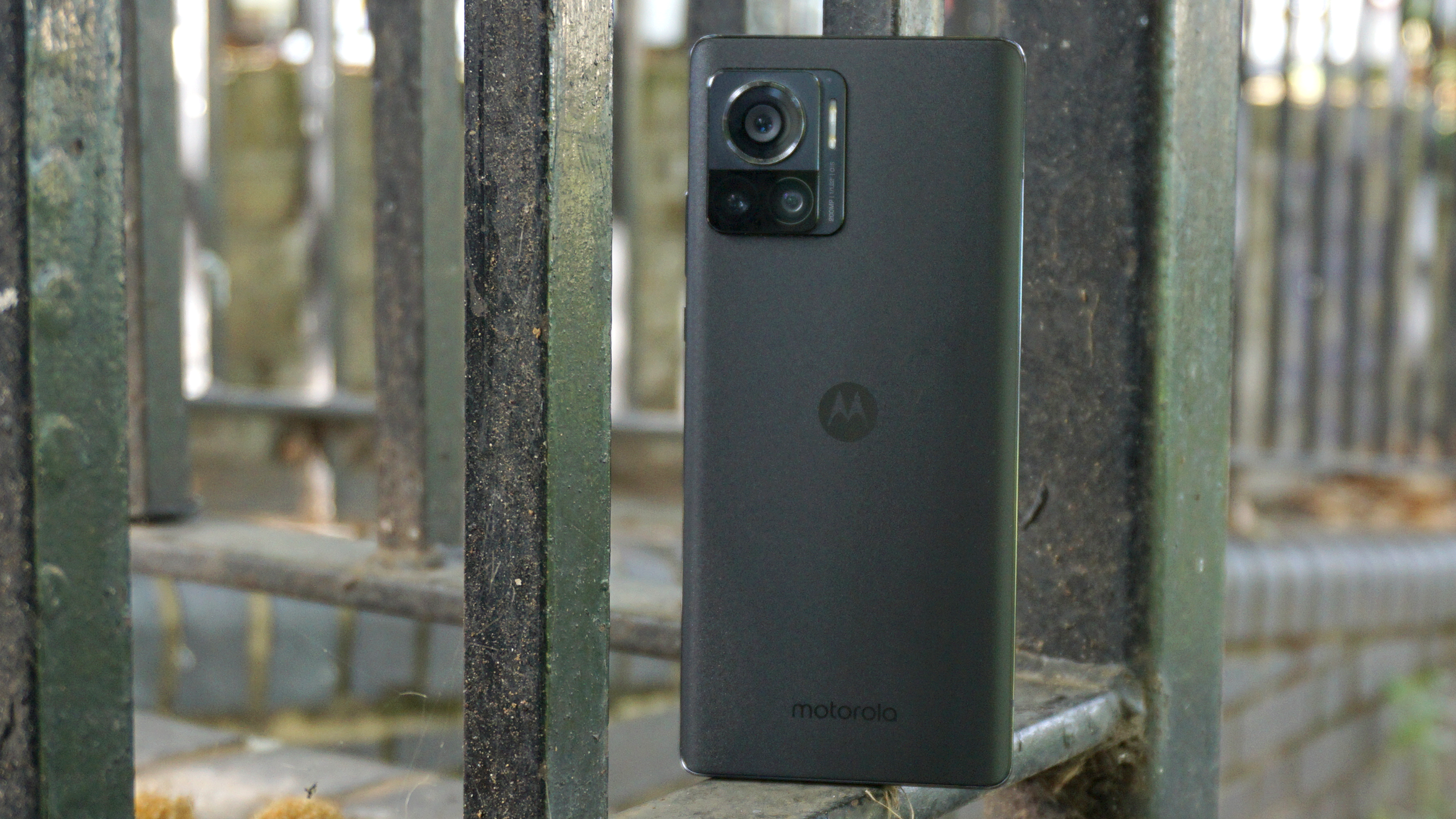
The Motorola Edge 30 Ultra marks a return to the super-curved-edge display, or ‘waterfall display’ as it’s technically called, since Moto curiously dropped it for the second-gen Edge devices (yep, despite the name).
These curvy edges make the phone comfortable to hold, as they sit snug in the fold of your palm, without any angular edges digging in.
The dimensions of the device clock in at 161.8 x 73.5 x 8.4mm – that’s average for this kind of device – and it weighs 198.5g, which again is to be expected since phones generally hover around 200g.
The phone has a glass front and back, and a metal frame. The rear has an attractive ‘sparkling’ texture, which makes it pleasing to look at (and ensures no fingerprints are being picked up), but it’s a shame that in the UK, the phone is only on sale in a dull black shade.
Breaking up the rear is a camera bump that’s stepped on several plateaus and stands out quite far at its tallest point. Still, we’ve seen far, far more prominent lens bumps, and the Edge 30 Ultra’s bump is inoffensive by comparison.
In terms of ports, you’re only looking at a USB-C one, with no 3.5mm headphone jack in sight (sorry, wired audio fans). This won’t be a surprise to anyone, since almost no top-end phones have audio ports anymore, but it’s still a shame. The power button and volume rocker are both on the right edge – we found them both within reach but some might find the latter a little too high on the edge – and the fingerprint scanner is embedded in the display.
- Design score: 5/5
Motorola Edge 30 Ultra display

Of all its departments, it’s in the display that the Motorola Edge 30 Ultra acts its price, instead of exceeding what we expect from a phone at this price.
The handset has a 6.67-inch FHD+ display, which means the resolution is 1080 x 2400. Other than some super-cheap phones with lower-res displays, and a few top-end ones with more pixels, this is the resolution used by the vast majority of phones.
That’s okay, most smartphone content, including apps, streamed video and games, is at this resolution as a result. So it’s the highest resolution you really need on a phone.
One slightly surprising spec is the refresh rate, which refers to how many times per second the screen refreshes its image, and this affects how smooth motion looks. For a long time all phones used 60Hz, but now most, especially premium ones, use 120Hz – the Moto uses 144Hz, a super-high refresh rate reserved for a few premium games.
Combined with the processor, this makes the phone great for top-end mobile games, though you also notice the supremely smooth motion when you’re simply scrolling through lists or between pages on some other apps and on the home screen.
The display’s curved edges can affect the viewing area slightly. Content shown on these curves may appear slightly dimmer from the front (since you’re not looking at it face-on), however, we’ve seen curved-edge phones where this is far worse. There’s also a ‘punch-hole’ cut-out for the front camera, which breaks up the viewing area a little, but it’s very small, taking up only a fraction of the size that the iPhone 14 Pro’s Dynamic Island does.
- Display score: 4.5/5
Motorola Edge 30 Ultra cameras
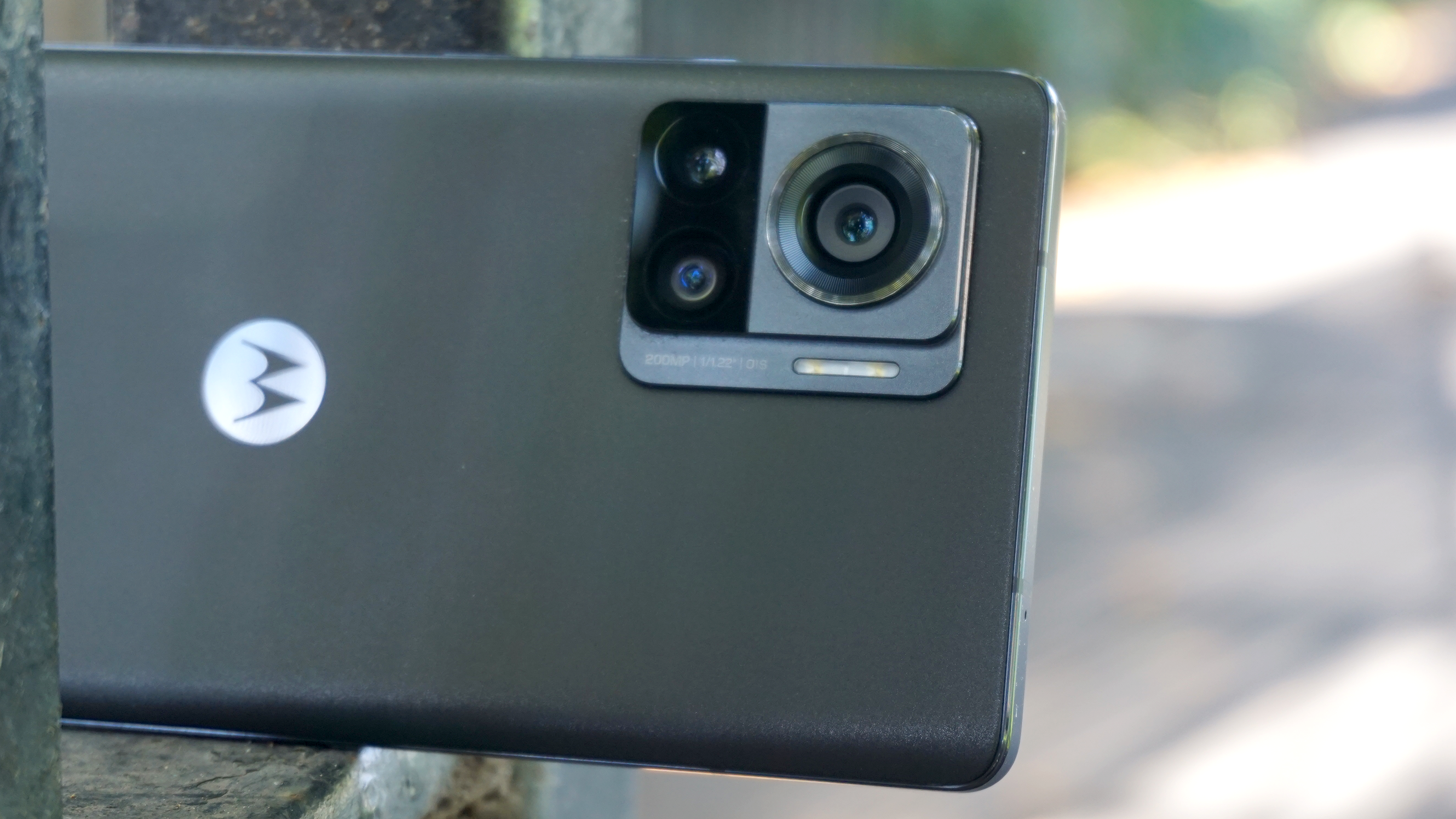
How many megapixels are too many? Not 322MP, according to Motorola, because that’s how many its four cameras use in total.
The Motorola Edge 30 Ultra is the first phone in the world to use a 200MP main camera (well, unless you count the Chinese Moto X30 Pro, which the 30 Ultra is simply a rebranded version of).
You might be wondering “isn’t 200MP overkill for a smartphone?” and you’d be completely right. It makes sense that Moto is using this spec as a big selling point, due to the 30 Ultra being the first phone using the camera, but it doesn’t actually bring that much to the photography experience.
By default, pictures taken aren’t 200MP ones. Instead, the phone uses a process called pixel binning, in which pixels in the sensor combine to create larger ones (which, due to their larger size, ‘see’ more light), to take 12.6MP shots. You can take 200MP shots if you prefer, or RAW ones, but these options will see you quickly eating through your storage space.
When we say that this 200MP camera doesn’t bring much to the experience, that means that photos aren’t hugely better than snaps taken on rival camera phones, but we’re certainly not saying that the camera is bad either.
Photos are generally bright and colorful, with lots of detail (obviously), though we do take issue with the lens – it seemed to distort images at the edges more than you usually see on a standard smartphone lens.

Two extra snappers round out the rear camera experience. First, there’s a 50MP ultra-wide snapper with a 114-degree lens, which is, basically as fine as most other ultra-wide cameras on smartphones. The insistence of high-resolution sensors paired with these incredibly situational lenses on many top-end camera phones continues to baffle, but it’s totally fit for purpose.
The third camera is surprising because it’s a 12MP telephoto lens that supports 2x optical zoom. We’ve seen a general shift away from zoom cameras from many phone brands over the last few years – in fact, Motorola is one of the many companies that barely uses them anymore – and even some similar-priced phones, like the Xiaomi 12 or OnePlus 10T, don’t have telephoto or periscope cameras.
The 2x zoom here isn’t fantastic, but it’s more than we expected. It lets you close the distance for distant shots, or get closer to the action for close-up or macro shots, which is better than simply relying on digital zoom (or cropping). Pictures looked good with a fair dynamic range.
We’re not finished with the cameras though, not even with high-res ones, because the selfie camera on the Motorola Edge 30 Ultra is a whopping 60MP unit (though it too uses pixel binning, capturing 15MP shots unless you really want 60MP ones).
This took good-looking pictures, but it’s usually software that’s most important for selfies (especially when it comes to Portrait mode) making a 60MP sensor a little redundant. Still, these snaps are fine for the ‘Gram.
Video recording goes up to 8K at 30fps or 4K at 60fps. This is great if you’re in the theoretical class of people who actually wants or needs to shoot at 8K, but most people will be fine with 4K or 1080fps, especially since the super-high-res mode heats up the phone quickly.
In terms of other camera modes, there’s the usual smattering of regulars like slow-mo video, panorama, night mode and so on, but nothing unique. That’s not a total surprise, as Motorola isn’t known for creating its own camera modes.
Camera samples




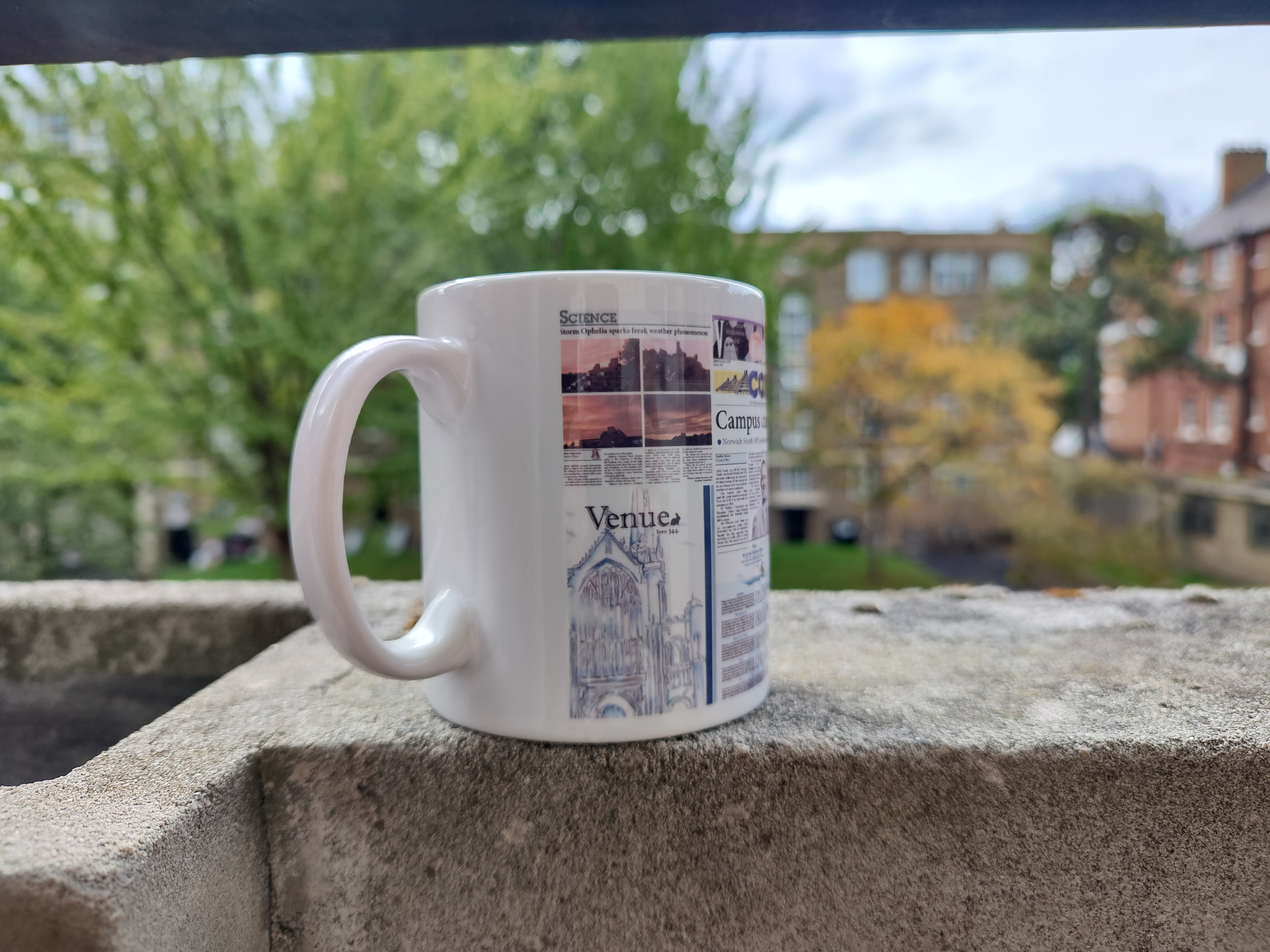
- Camera score: 4/5
Motorola Edge 30 Ultra performance and specs
If you’ve gotten this far in the review, you’re likely expecting the Motorola Edge 30 Ultra to have the best possible specs in every department, and it’s no different when it comes to performance.
The phone packs the Snapdragon 8 Plus Gen 1 chipset, which is the most powerful processor used in Android phones as of late 2022.
This chip is useful for myriad tasks – recording high-res videos and capturing megapixel-filled photos is one example, but it’s great for many tasks besides. We spent a long time testing various games over our testing period, and the phone performed admirably, comfortably running high-graphics options and never lagging or crashing.
The 12GB RAM in the phone might help with this. This phone also comes with 256GB memory, something we’re going to highlight because it’s twice the 128GB that most rival phones start with (despite the prices that we’ve already highlighted), and for most people, 256GB will certainly be enough storage.
As we’ve mentioned, there’s no 3.5mm audio jack, so music fans will have to rely on the phone’s Bluetooth connectivity. The speaker does get quite loud, so it’s suitable for games and sometimes TV too, but if you want high-fidelity audio you’ll need to buy some wireless earbuds or headphones.
- Performance score: 4.5/5
Motorola Edge 30 Ultra software

As with all Moto phones, the Edge 30 Ultra uses stock Android instead of laying over a custom-built fork of the popular software.
This phone uses Android 12, which had a big focus on customization. The Edge 30 Ultra lets you change home icon shapes, user interface color schemes, fonts and more, though admittedly these are features Motorola already offered before Google got in on the fun.
This is, for the most part, your standard Android phone – Google Pixel phones and Nokia handsets use stock Android too, if you’ve used them. You can swipe down from the top for quick settings and a notifications list, or up from the bottom for your full app drawer.
While stock Android used to provide the cleanest and most convenient user experience of any phone, in recent years many companies have introduced useful extra features to give their devices the edge – OnePlus’ OxygenOS and Xiaomi’s MIUI are good examples. So while the stock Android here certainly is clean, you’re not getting any useful extra tools.
One small Moto addition is some extra gaming controls so when you’re playing games you can easily share screenshots, tweak your phone’s settings and toggle moody edge lights. However, we found that the button to open the control menu could often get in the way of gameplay unless you swiped it right into the corner.
There are also the enduring Moto Actions, gestures which enable shortcuts on your phone: a popular example is doing a karate-chop motion to turn on the torch.
- Software score: 4.5/5
Motorola Edge 30 Ultra battery life
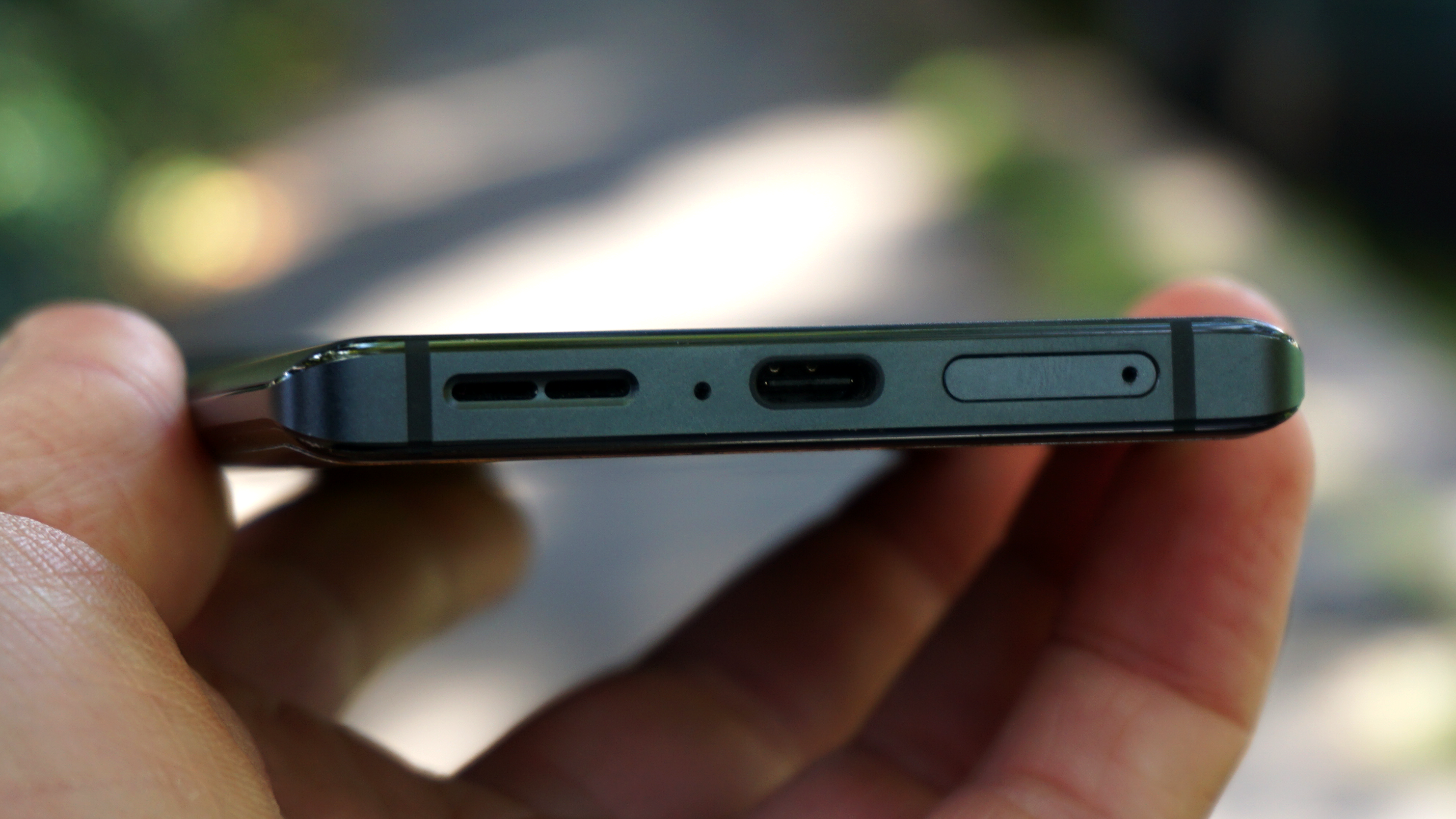
One of the surprisingly top-end specs of the Motorola Edge 30 Ultra is that it charges at 125W.
That’s an incredibly fast charging speed for a smartphone, one only select devices exceed, and it means the phone powers from empty to full in well under half an hour – in fact, simply plugging the device in for a few minutes gave us double-figure increases in the charge percentage.
Fast-charging can heat up a phone quickly, but we found that if we unplugged the phone as soon as it powered to full, it generally wasn’t even plugged in for long enough to get hot.
The phone offers 50W wireless charging, a figure that seems weak in comparison to 125W but is still much faster than even the wired charging on Samsung or Apple rivals. This powers the phone in less than an hour if you have a compatible wireless power mat.
Usually, when we see super-fast-charging phones, the downside is that the battery life is poor – generally, companies have to trade off between the two. However, we were surprised that the Motorola Edge 30 Ultra’s battery life was pretty decent.
Through normal use, the handset could reliably last for a day of use, and even during heavier use, like long gaming sessions or video calls, it retained a surprising amount of battery compared to other contemporary smartphones.
Sure, you’d have to throttle your use considerably to get the phone to last for two days of use, and even Motorola, which often inflates its battery predictions, doesn’t call it a two-day phone. But as long as you charge your phone daily, the Moto Edge 30 Ultra will be fine for you.
Motorola Edge 30 Ultra score card
| Attributes | Notes | Rating |
|---|---|---|
| Design | The Motorola Edge 30 Ultra has a premium build that feels great in the hand. | 5/5 |
| Display | The Edge has a good-looking screen with a higher-than-average refresh rate. | 4.5/5 |
| Performance | With a top-end processor and lots of available GB, you'll find the Edge 30 Ultra great for performance. | 4.5/5 |
| Camera | The Motorola has a well-rounded array of cameras, though its zoom camera could go further. | 4/5 |
| Battery | This Moto has a decent battery life but its incredibly quick charging is a wonder. | 4.5/5 |
| Software | You'll find stock Android here, with a few extra tweaks to give you extra functions. | 4.5/5 |
| Value | The Motorola Edge 30 Ultra is a steal for its price, and it feels like a phone twice its price. | 5/5 |
Should I buy the Motorola Edge 30 Ultra?
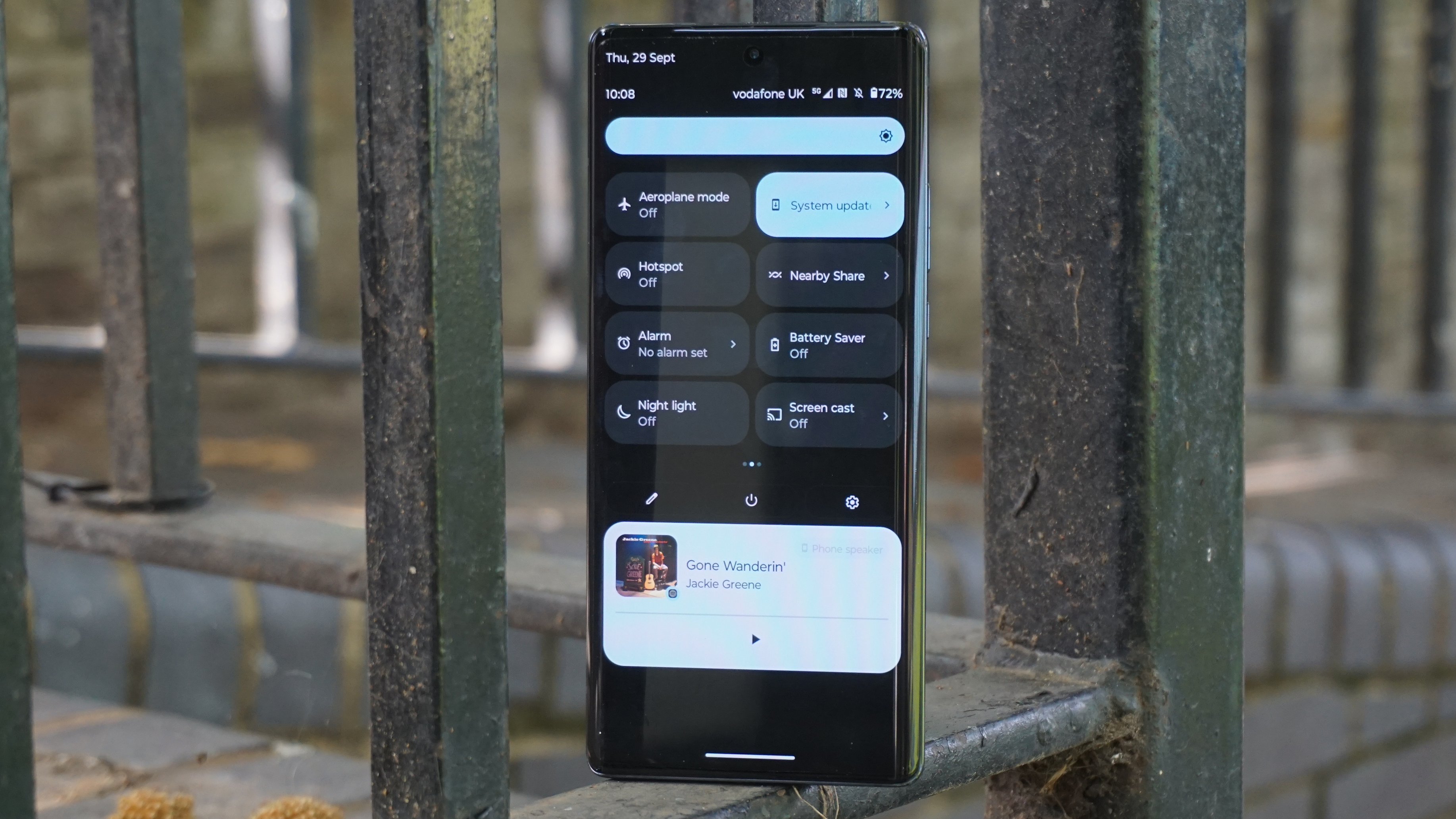
Buy it if...
Don't buy it if...
Also consider
If you've somehow finished this Motorola Edge 30 Ultra review and don't know what to buy... firstly, read it again. But if you're certain that this isn't the phone for you, here are some others to consider.
- First reviewed September 2022
0 comments:
Post a Comment